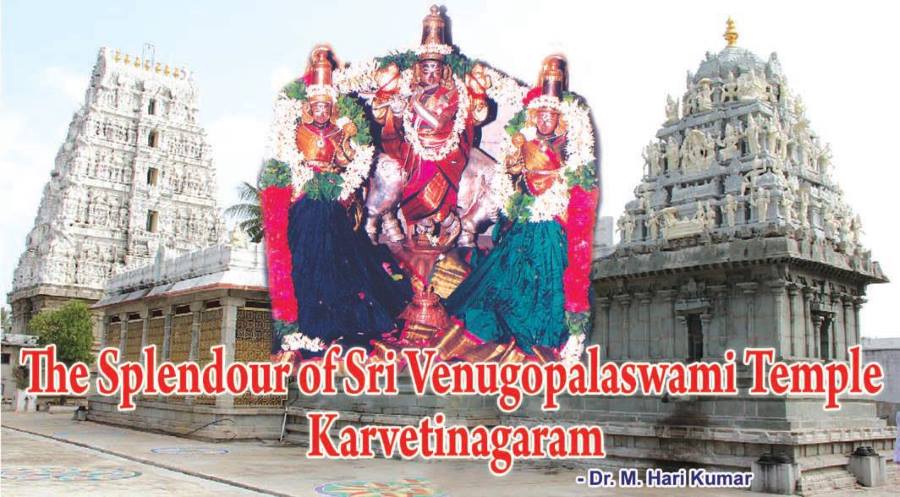The Deity Sri Venugopala Swamy was the patron God of the Karvetinagar rulers whose immeasurable love for the Lord finds its eloquent expression in the hymns composed in a bygone epoch. The Darshan of Sri Venugopala Swamy is an exhilarating spiritual experience. The Lord, one of the most delightful manifestations of Sriman Narayana, is a Read More
Tag: Skanda Pushkarini
The pushkarini is also called Skanda pushkarini. The Pushkarini is said to have been excavated by Kumara Venkata Perumal Raj

